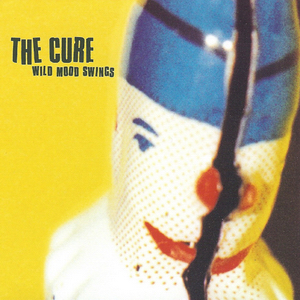
Wild Mood Swings is the tenth studio album by English rock band the Cure, released on 6 May 1996 by Fiction Records. The album charted at number nine on the UK Albums Chart, staying on chart for six weeks, and charted at number 12 in the US Billboard 200.
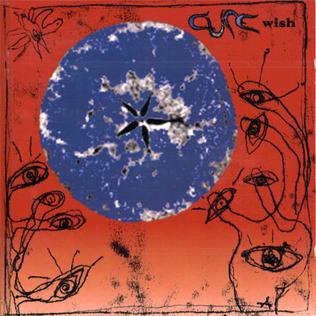
Wish is the ninth studio album by English rock band the Cure, released on 21 April 1992 by Fiction Records in the United Kingdom and Elektra Records in the United States. Wish was the most commercially successful album in the band's career, debuting at number one in the UK and number two in the US, where it sold more than 1.2 million copies.
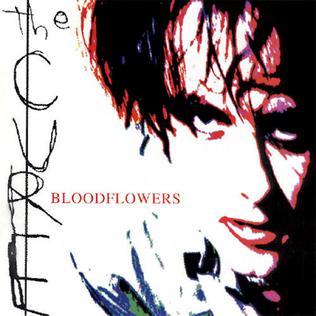
Bloodflowers is the eleventh studio album by English rock band The Cure. It was first released in Japan on 2 February 2000, before being released in the UK and Europe on 14 February 2000 and then the day after in the US by Fiction Records and Polydor Records. Initially the album was to be released in 1999, as it had been completed by May that year, the record company wanted it to be released “post millennial fever,”.

Galore: The Singles 1987–1997 is the second singles compilation by The Cure and was released on 28 October 1997. It contains singles from the years 1987–1997. The song "Wrong Number" is the only new song on the album.

Join the Dots: B-Sides & Rarities is a box set of The Cure, released on 26 January 2004, by their former record label Fiction. This box set is a four-disc compilation of B-sides and rarities, digitally remastered by Chris Blair at Abbey Road Studios from their original tapes. The box set includes all B-sides by the band, apart from a number of remixes, as well a number of unreleased songs and songs that had been out of physical circulation for years. Many of the songs had not appeared on CD before. The set includes a booklet with track-by-track commentary and an extensive overview of the band's history up to 2004, followed by an extensive list of The Cure's discography.

"Mint Car" is a song by English rock band the Cure, released as the second single from their tenth studio album Wild Mood Swings in June 1996. It reached the top 20 in Finland and Iceland and peaked at number 31 on the UK Singles Chart.

"Dream On" is a song by the British musical group Depeche Mode. It was released in the United States on 17 April 2001 and in the United Kingdom on 23 April 2001 as the first single from the band's 10th studio album, Exciter (2001). The song topped the charts of Denmark, Germany, Italy and Spain and reached the top 10 in Austria, Canada, Finland, Norway, Portugal, Sweden, the United Kingdom and Wallonia. The song's music video was directed by Stéphane Sednaoui.
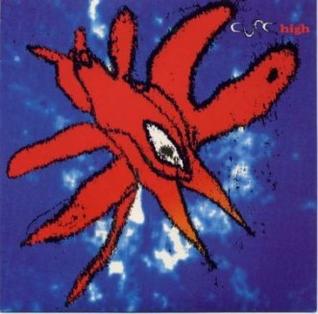
"High" is a song by English rock band the Cure, released as the lead single from their ninth album Wish on 16 March 1992. The track received mostly positive reviews and was commercially successful, reaching number one on the US Billboard Modern Rock Tracks chart, number six on the Irish Singles Chart, and number eight on the UK Singles Chart. It charted within the top five in Portugal, where it peaked at number two, and in Australasia, reaching number five in Australia and number four in New Zealand; it is the band's highest-charting single in both countries.
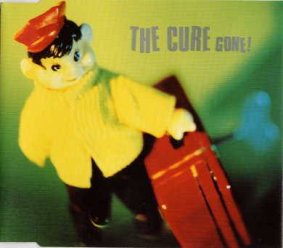
"Gone!" is a song by English rock band The Cure, released as the fourth and final single from their tenth studio album Wild Mood Swings in December 1996. The single contained numerous remixes as B-sides.

"Blue Savannah" is a song by British synth-pop duo Erasure that was issued as a single on 26 February 1990, from their fourth studio album, Wild! (1989). The song was written by members Vince Clarke and Andy Bell. Mute Records released it in Europe as the album's third single, and Sire Records released it in the United States as the album's second single. Considered one of the band's signature songs, the duo still perform it regularly in concerts. It has been described as an uplifting love song; the instrumentation is crisp and heavily synthesized, accented with sweeping, programmed piano.

"Breath of Life" is a song by English synth-pop duo Erasure, released as the fourth and final single from their fifth studio album, Chorus (1991), in March 1992. It was written by Erasure members Vince Clarke and Andy Bell with additional input from Pat O'Brien. An uptempo synthpop song, its dance music elements were strongly accentuated for the club remixes. For the single release, it was remixed slightly, including a shortened intro. In the United States, it was the third single released from the album.

"Always" is a song by British synth-pop duo Erasure. The ballad was released on 11 April 1994 as the first single from their sixth studio album, I Say I Say I Say (1994). Written by Erasure members Vince Clarke and Andy Bell, it was produced by Martyn Ware. Mute Records issued the single in the United Kingdom, and Elektra Records released it in the United States.

"Run to the Sun" is a song by British synth-pop duo Erasure, released in July 1994 as the second single from their sixth studio album, I Say I Say I Say (1994). It is written by Vince Clarke with fellow Erasure member Andy Bell and is an uptempo dance music track that displays signature synthesizer programming by Clarke. The UK 7-inch single of "Run to the Sun" was issued on yellow-coloured vinyl and featured a fold-out poster of the single's cover artwork. The single's B-side, a ballad entitled "Tenderest Moments", was later re-recorded by Erasure in an acoustic version for their 2006 album Union Street.

"I Love Saturday" is a song by British synthpop duo Erasure, released as the third single from their sixth studio album, I Say I Say I Say (1994), on 21 November 1994. It was written by Vince Clarke and Andy Bell, and produced by Martyn Ware. In addition to the normal vinyl, cassette and CD singles, Mute released the "I Love Saturday EP" in the UK shortly afterwards, which contains several new tracks.

"So Alive" is a song by British alternative rock band Love and Rockets, released in 1989 as the second single from their self-titled fourth album. The song reached No. 1 in Canada and charted within the top 30 in the United States, Australia, and New Zealand. In the US, it topped the Billboard Modern Rock Tracks chart for five weeks and was ranked No. 1 on that listing's year-end chart for 1989. The song's music video was directed by Howard Greenhalgh and produced by Pamela James.

"Nobody" is a song by American singer-songwriter Keith Sweat featuring Athena Cage from the band Kut Klose. The song spent three weeks at No. 1 on the US Billboard Hot R&B Singles chart and reached No. 3 on the Billboard Hot 100. Internationally, it reached No. 9 in New Zealand, No. 10 in the Netherlands, No. 16 in Canada, and No. 22 in Australia. The music video for the single features a young Mekhi Phifer.

"It's Been Awhile" is a song by American rock band Staind. It was released on March 27, 2001, as the lead single from their third studio album, Break the Cycle (2001).
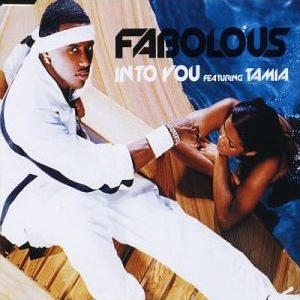
"Into You" is the third single from American rapper Fabolous's second studio album, Street Dreams (2003), featuring either Ashanti or Tamia. The song also appears on Tamia's album More. "Into You" originally featured Ashanti, but after Irv Gotti of Murder Inc. Records refused to let her film a music video to promote the single, Fabolous reached out to Tamia to re-record a commercial version. Both the album and single versions received heavy radio-play, resulting in all three artists being credited on the US Billboard Hot 100. The single was released through Elektra Records and DJ Clue's Desert Storm Records.

"Wonder" is a song by Natalie Merchant, released in 1995 as the second single from her solo album Tigerlily. The single reached number 20 on the US Billboard Hot 100 and number 10 on the Canadian RPM Top Singles chart, outperforming her previous single "Carnival" in Canada. The covers for the U.S. and European singles were different. The single also includes live cuts from Merchant's tour.

"Give Me One Reason" is a song written and performed by American singer-songwriter Tracy Chapman. It was included on her fourth studio album, New Beginning (1995), and was released as a single in various territories between November 1995 and March 1997, her first since 1992's "Dreaming On a World". The song is Chapman's biggest US hit, reaching number three on the Billboard Hot 100. It is also her biggest hit in Australia, where it reached number three as well, and it topped the charts of Canada and Iceland. Elsewhere, the song reached number 16 in New Zealand, but it underperformed in the United Kingdom, peaking at number 95 in March 1997.




















